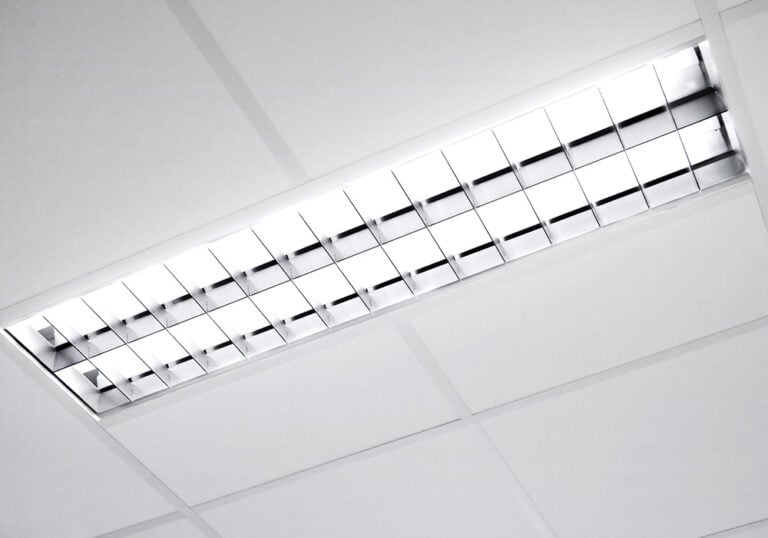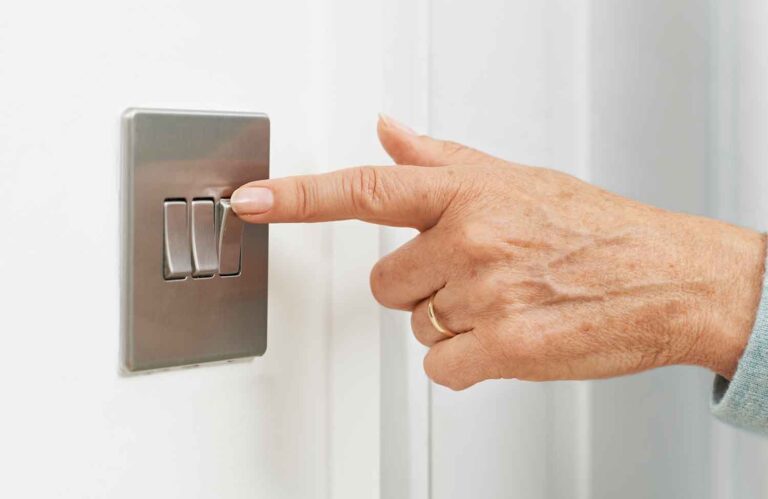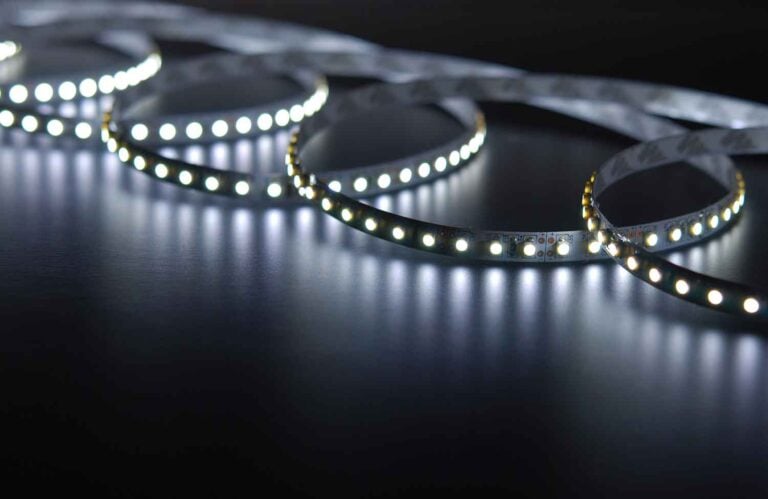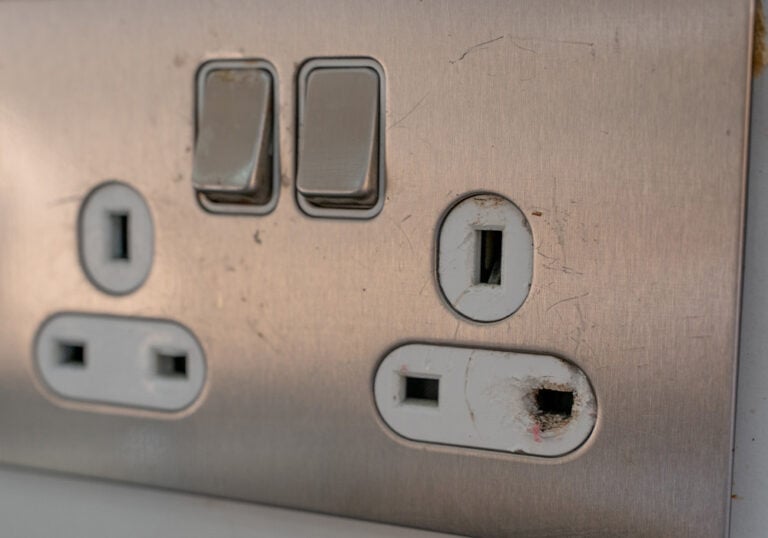How Long Do Incandescent Bulbs Last: Lifespan Explained
The lifespan of incandescent bulbs is a key factor to consider when purchasing lighting for your home or office. Typically, an incandescent bulb lasts around 1,000 hours, which can be less than other lighting options available on the market. This is due to their design, which relies on a filament that glows hot to produce light and eventually burns out.
While incandescent bulbs are often praised for their warm light quality, they are less energy-efficient compared to their modern alternatives, such as LED bulbs. There are ways to maximise the lifespan of your incandescent bulbs, such as using them in the appropriate setting and ensuring they are not subject to frequent on-and-off cycling, which can reduce their longevity. Despite their shorter lifespan, these bulbs are sometimes favoured for their colour-rendering index and the ambiance they create.
Key Takeaways
- Incandescent bulbs have an average lifespan of 1,000 hours.
- These bulbs are less energy-efficient than LEDs or fluorescents.
- Proper use can extend an incandescent bulb’s lifespan.
Basics of Incandescent Bulb Longevity
Understanding the longevity of your incandescent bulb involves knowledge of its lifespan influenced by several factors.
Factors Affecting Longevity
- Usage Patterns: The more frequently and longer you use the bulb, the shorter its lifespan.
- Wattage: Higher wattage bulbs tend to have a shorter lifespan compared to lower wattage equivalents.
- Voltage Fluctuations: Your home’s electrical stability matters; frequent voltage changes can reduce bulb life.
- Build Quality: Bulbs from reputable manufacturers often last longer due to better quality control and materials.
- Operating Environment: Bulbs in vibration-prone or high-temperature areas may fail sooner.
Average Lifespan Range
Incandescent bulbs typically offer:
- 750 hours for those used in more demanding conditions or of lower quality
- Up to 2,000 hours for premium bulbs under optimum conditions
Keep in mind these are general guidelines, and actual performance can vary based on the listed factors.
Comparison With Other Bulb Types
When evaluating the lifespan of incandescent light bulbs, it’s illuminating to compare them with other types of bulbs such as LEDs and CFLs.
Incandescent vs LED
Incandescent bulbs typically have a lifespan of up to 1,000 hours, which translates to around 6-9 months of use. In contrast, LED bulbs can last up to 50,000 hours, equating to approximately 25-30 years. This stark difference is due to the LED’s efficient design and lower power consumption, which results in both a longer life and cost savings on your energy bill.
| Bulb Type | Lifespan (Approx.) |
|---|---|
| Incandescent | 1,000 hours |
| LED | 50,000 hours |
Incandescent vs CFL
In terms of lifespan, Compact Fluorescent Lamps (CFLs) outshine incandescent bulbs as well. A typical CFL can last about 15,000 hours or roughly 10 years. This is significantly longer than incandescent bulbs, although not quite as impressive as the lifespan of LEDs.
| Bulb Type | Lifespan (Approx.) |
|---|---|
| Incandescent | 1,000 hours |
| CFL | 15,000 hours |
The longevity of CFLs and LEDs compared to incandescent bulbs demonstrates the advancements in lighting technology, offering you better efficiency and longer-lasting solutions.
Improving Incandescent Bulb Lifespan
To enhance the longevity of your incandescent light bulbs, consider adjusting how you use them and the electrical supply they receive.
Usage Tips
- Dimmer Switches: Utilise dimmer switches to reduce the intensity of your light bulbs. Operating bulbs at lower brightness increases their lifespan.
- Proper Fit: Ensure bulbs are screwed in securely but not overtightened. A loose bulb may lead to intermittent connection, whilst overtightening can damage the bulb’s base.
- Ventilation: Provide good ventilation around fixtures to prevent overheating, which can shorten bulb life.
- Cleanliness: Keep the bulb surface clean from dust and fingerprints, as debris can absorb light and cause excess heat.
Voltage Considerations
- Stable Voltage: Maintain a stable voltage supply. Fluctuations can weaken the filament.
- Lower Voltage Bulbs: Consider using bulbs rated for a higher voltage than your supply. For example, a 130-volt bulb on a 120-volt circuit will run cooler and last longer.
- Surge Protection: Employ surge protectors to guard against voltage spikes that can prematurely end a bulb’s life.





